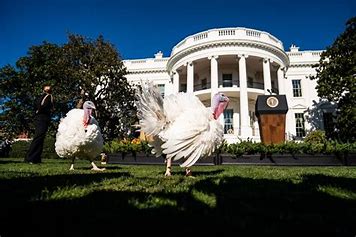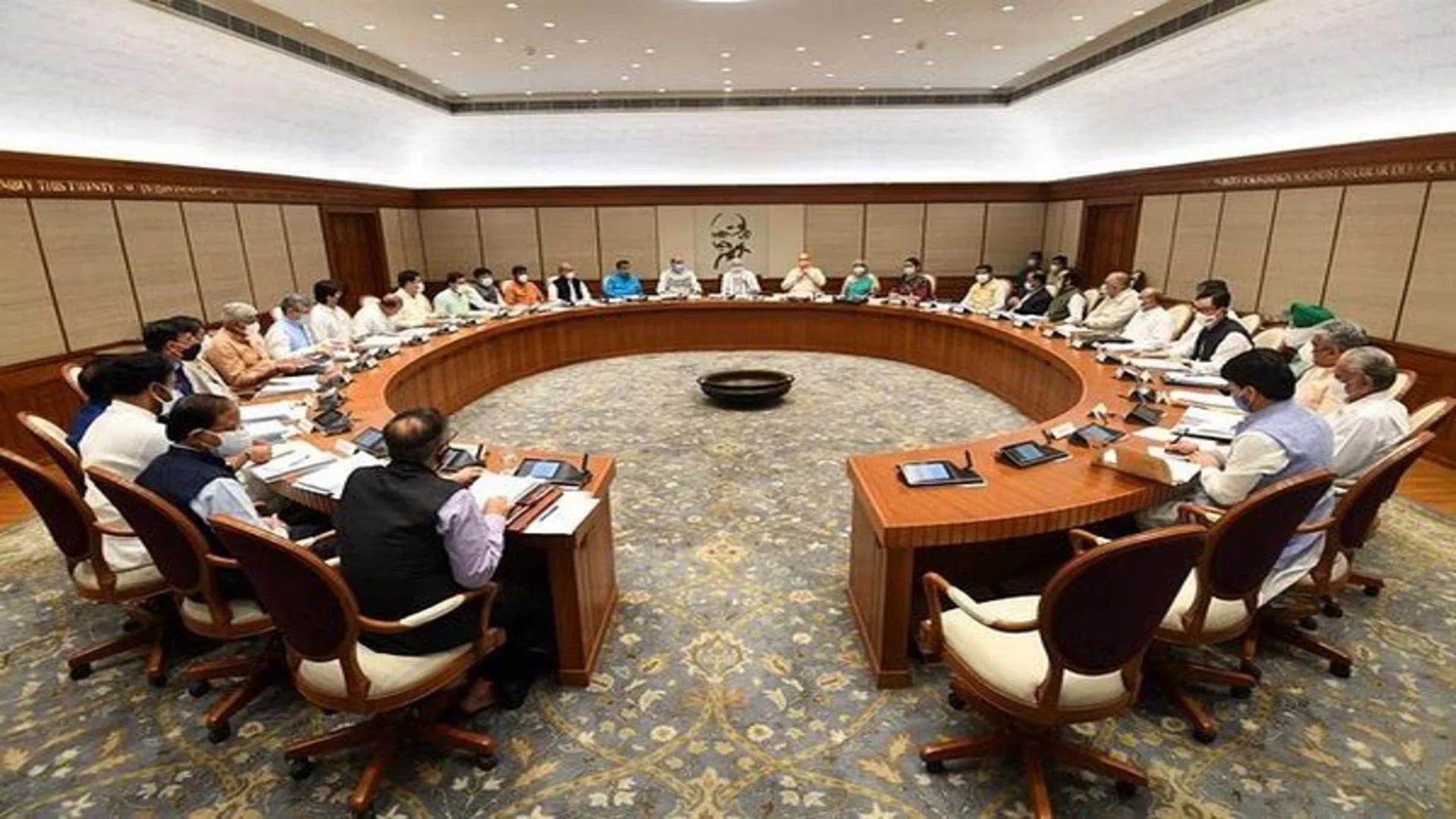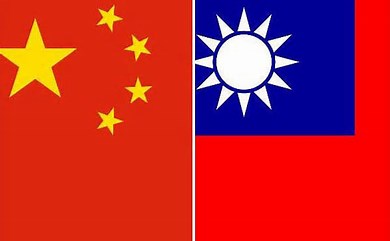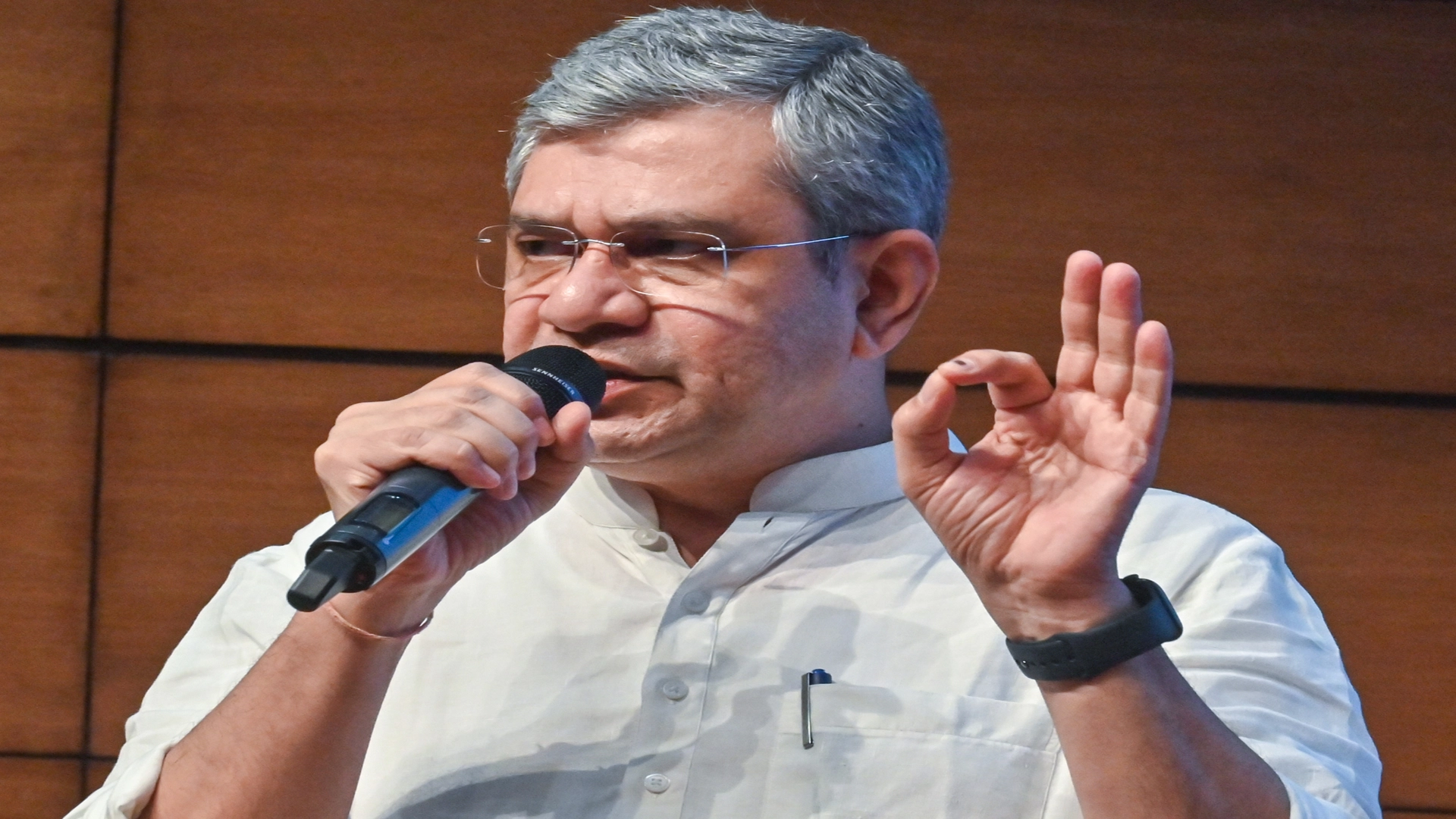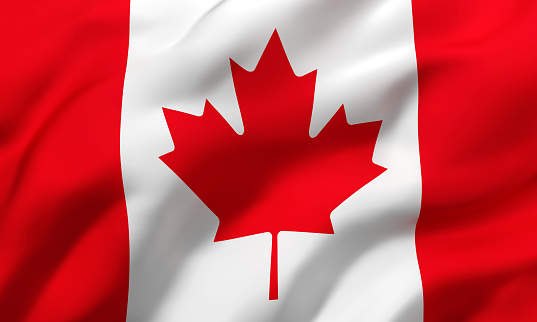
Decades after many other rich countries stopped forcibly sterilising Indigenous women, numerous activists, doctors, politicians and at least five class-action lawsuits allege the practice has not ended in Canada.
Indigenous leaders say the country has yet to fully reckon with its troubled colonial past — or put a stop to a decades-long practice that is considered genocide. There are no solid estimates on how many women are being sterilised against their will, but Indigenous experts say they regularly hear complaints about it. Senator Yvonne Boyer, whose office is collecting the limited data available, says at least 12,000 women have been affected since the 1970s. “Whenever I speak to an Indigenous community, I am swamped with women telling me that forced sterilisation happened to them,” Boyer, who has Indigenous Metis heritage, told The Associated Press.
Medical authorities in Canada’s Northwest Territories sanctioned a doctor in May for forcibly sterilising an Indigenous woman, according to documents obtained.
Indigenous people comprise about 5% of Canada’s nearly 40 million people. The more than 600 Indigenous communities across Canada, known as First Nations, face significant health challenges compared to other Canadians. Until the 1990s, Indigenous people were mostly treated in segregated hospitals, where there were reports of rampant abuse. The Senate report on forced sterilisation made 13 recommendations, including compensating victims, measures to address systemic racism in health care and a formal apology.
Last year, the government allocated 6.2 million Canadian dollars ($4.7 million) to help survivors of forced sterilisation.There are at least five class-action lawsuits against health, provincial and federal authorities involving forced sterilisations in Alberta, Saskatchewan, Quebec, British Columbia, Manitoba, Ontario and elsewhere.

